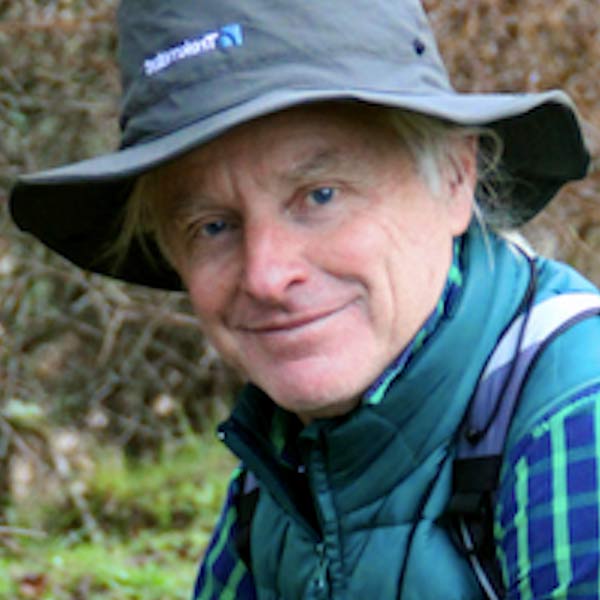Ongava Tented Camp
Eastern Etosha, Etosha & North, Namibia
Reviewed by
Guy Hunter Watts
The setting is one of rare beauty: a remote valley close to Etosha's southern border at the foot of the Ondundozonanandana mountains (don't worry, just ask for 'Ongava Tented Camp'!). Arriving here we felt as if we'd been dropped straight into the pages of a Hemingway novel: birds of every hue flitted amongst the greenery, zebra and water buck were grazing beside a water hole whilst a porcupine was lazily drinking its fill: a quintessential vision of Africa, crystallised, it seemed, before our eyes.
The low stone walls, high thatch roof and heavy wooden furniture of the lodge feels utterly 'bush', as do the 9 Meru-style tents, which arc around one of Ongava Reserve's most frequented watering holes. And so too did the 'One Tribe' philosophy of the camp where guests eat together at one table in the company of their guides and camp managers. It's fun, intimate and, best of all, you're guaranteed plenty of animal action.
The low stone walls, high thatch roof and heavy wooden furniture of the lodge feels utterly 'bush', as do the 9 Meru-style tents, which arc around one of Ongava Reserve's most frequented watering holes. And so too did the 'One Tribe' philosophy of the camp where guests eat together at one table in the company of their guides and camp managers. It's fun, intimate and, best of all, you're guaranteed plenty of animal action.
Highs
- The tented accommodation is as good as we've come across in southern Africa
- You may see as much game close to the camp as you will on your excursions into Etosha
- It all feels a long way from home and the design of the lodge and tents really gets you close to the spirit of the African bush
- The Tented Camp specialises in game walks with armed guides: there are few wildlife experiences that can compare with the thrill of tracking rhino on foot
- The opportunity to do night drives and see lion, black rhino and striped polecats by torchlight
Lows
- If you're staying during the Rainy Season, expect a long and bumpy arrival
- Be prepared to eat meals at one table with your fellow guests and the camp guides
- It takes the best part of an hour to drive from the camp to Etosha so book full rather than half-day excursions if possible
Best time to go
The Dry Season roughly equates to July through to mid November (even though it stops raining earlier in the year) and is when most folk visit the area in and around Etosha.
The busiest season in Etosha coincides with the northern European summer holidays, that's to say July and August, which means an ideal time to be here is any time between September and November.
From December through to mid February be prepared for high (mid 30sºC) temperatures. During the Rainy Season (January to March), the animals can find water without recourse to the holes along the southern routes through the park so the chances of spotting game are considerably reduced.
Bear in mind that even if daytime temperatures are high throughout most of the year they can rapidly descend at night and the lodge's hilltop position means that it catches the breezes. So remember to pack a fleece.
The busiest season in Etosha coincides with the northern European summer holidays, that's to say July and August, which means an ideal time to be here is any time between September and November.
From December through to mid February be prepared for high (mid 30sºC) temperatures. During the Rainy Season (January to March), the animals can find water without recourse to the holes along the southern routes through the park so the chances of spotting game are considerably reduced.
Bear in mind that even if daytime temperatures are high throughout most of the year they can rapidly descend at night and the lodge's hilltop position means that it catches the breezes. So remember to pack a fleece.
Our top tips
Pack one very warm jacket for evenings and insect repellent, a high factor suncream and a basic medical kit.





